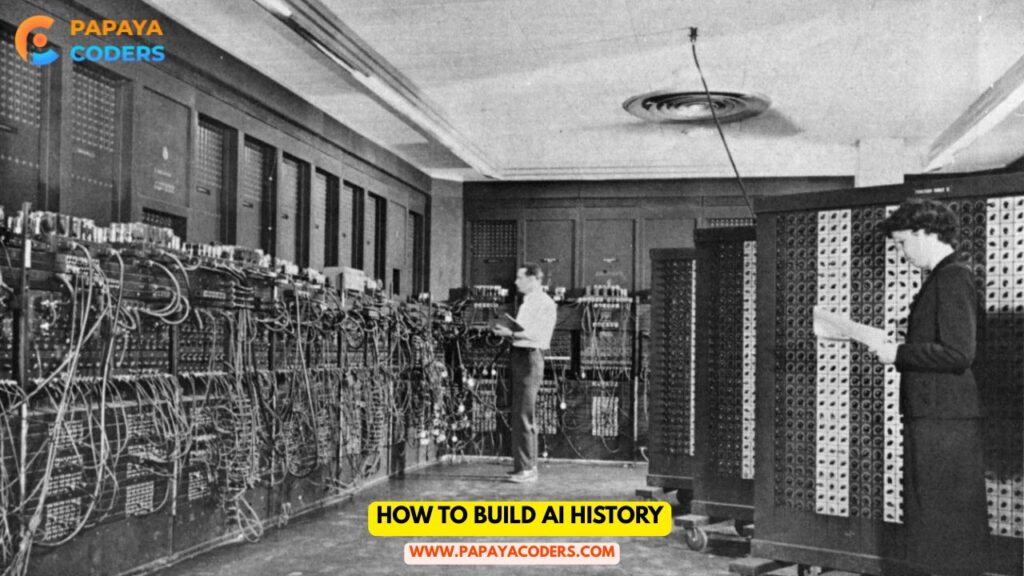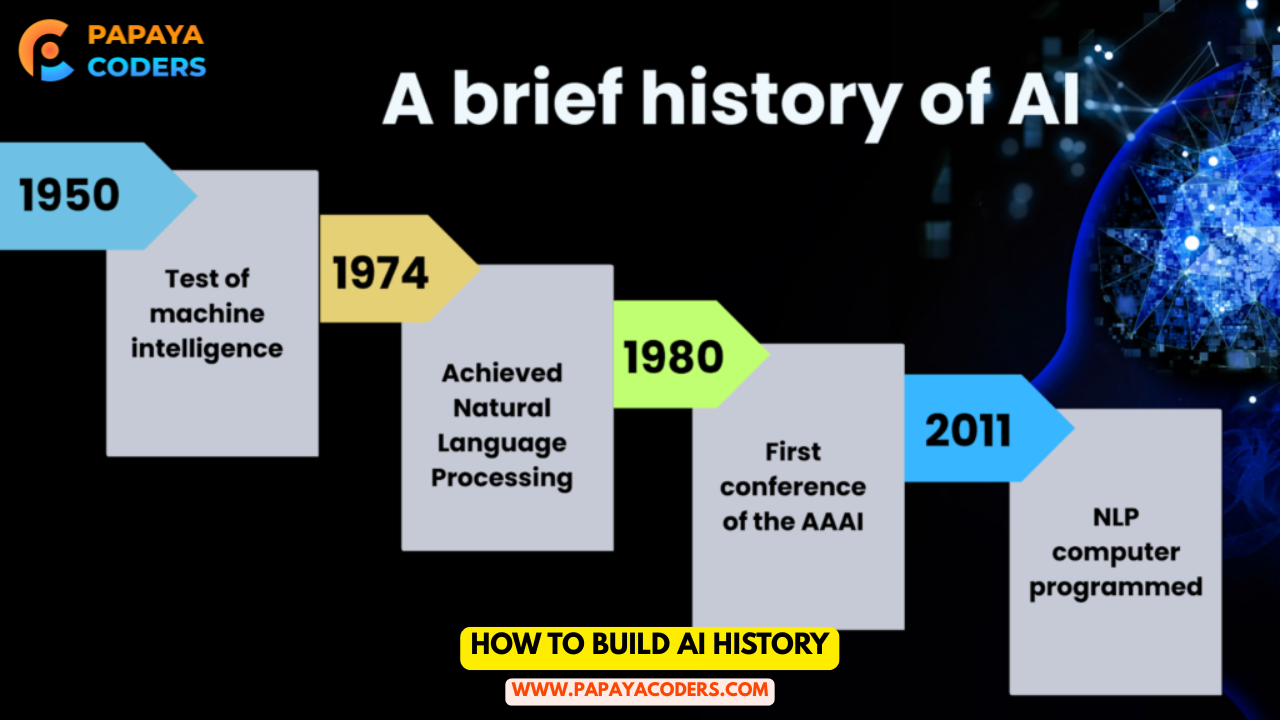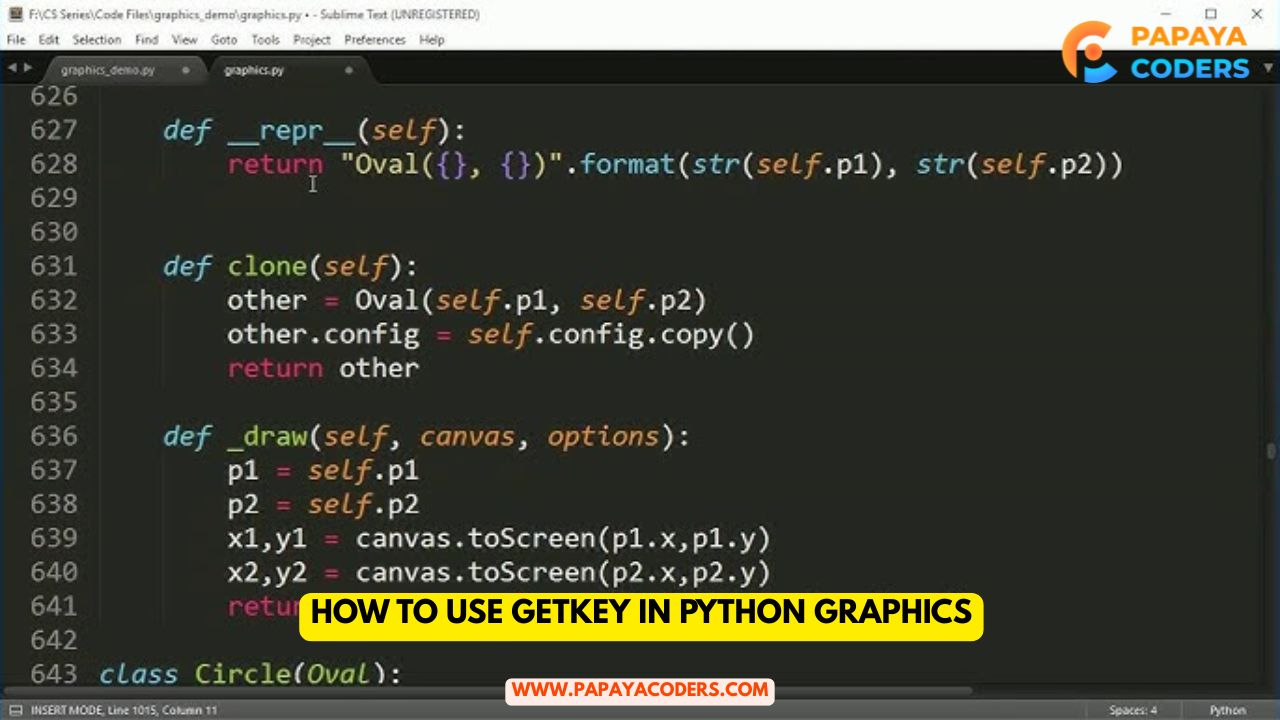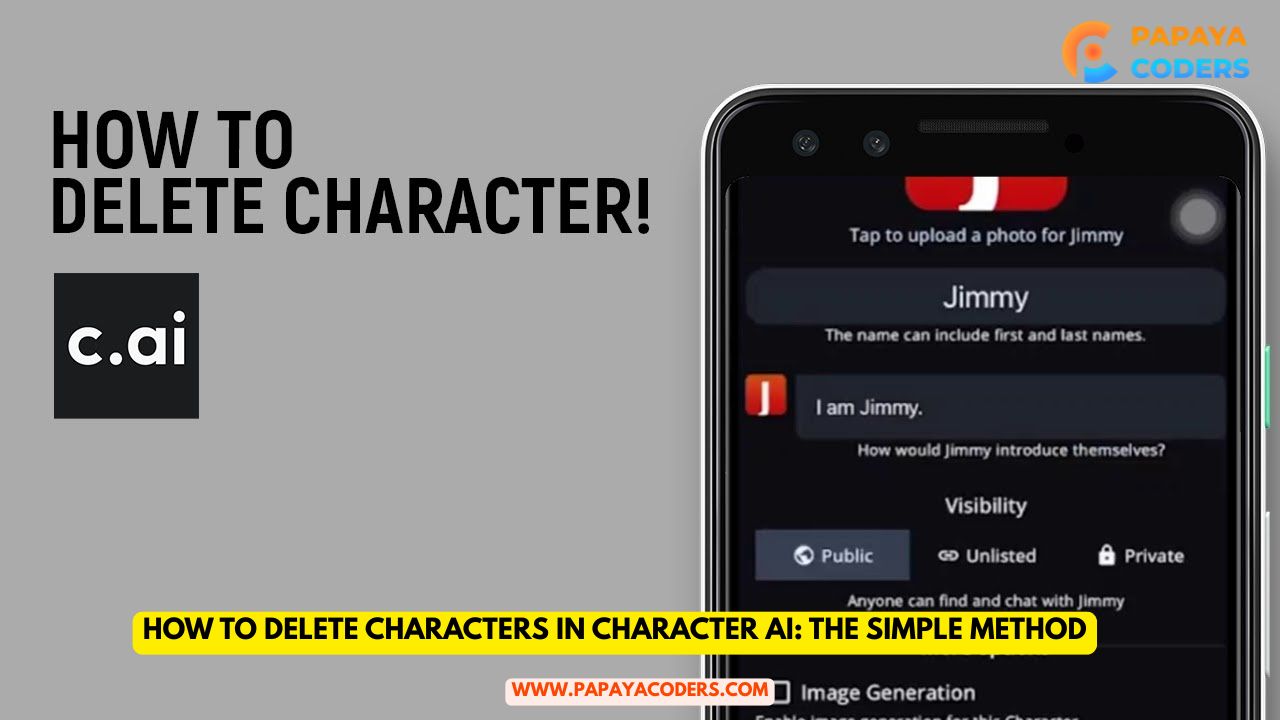As it revolutionizes various industries, including medicine, education, and business, Artificial Intelligence (AI) enters our world. How much would it cost to build an AI revolution that would change everything we know and make history?
This book is a Touchstone to a solution. With the right preparation as the proper tool, experience, and solution, new ways of giving back to the world can be your brainchild, and smart systems can be your new way toward bringing your idea into existence.
Build AI History

1. Constructing an Idea of What AI Is?
If you want to build, you are going to need to understand the real concept of Artificial Intelligence. AI is merely the goal of creating thinking machines that can mimic human nature in a certain way and have all the potential of a human (thinking, reasoning, and deciding).
The term AI also encompasses: Machine Learning (ML), which allows AI to learn when it is exposed to data, Deep Learning, which replicates the human brain functions, Natural Language Processing (NLP), which reads language, and Computer Vision, which is object detection or image recognition.
In the same vein, this technology is also what enables integrating new technologies like chatbots, self-driving cars, or voice assistants.
2. Define Your Purpose
Successful AI projects share one characteristic: one place to begin, and that is with a clear objective. Get that set by asking yourself three questions: what problem AI needs to solve, who will utilize it, and what is required.
For example, one healthcare AI program may be for disease prediction, and the other may be used in customer support or business data analysis.
Hence, stating the purpose is the first step toward giving your AI company the right direction and its rightful value.
3. Plan and Collect Data
Data is the lifeblood of AI. Also, the question-list, what AI gets what data – quality or quantity of data- is a problem that could be solved by quality data.
Thus, the best solution to access the data would be to start collecting data from good sources, then to cleanse by removing duplicates and errors.
naming the things appropriately so that the AI system can function well. That is, the data defines how the embedded intelligence would be utilized, and hence, the quality of the data, the wiser the AI would be.
4. Choose the correct tools
Does anyone have any doubt that productivity and success require the proper tools in the workplace and on the job? T
The argument over the different toolkits would be a pointless one if it were not due to the fact that they represent TensorFlow and PyTorch to professionals, Scikit-learn, and Keras for novices.
OpenAI natural language operations API. The argument of what “the term being set to get the job done” signifies is an argument of whether or not the purpose of the project is image recognition, chatbot, or predictive models.
5. Train and Test Your Model
Model training is the major motivation for training your AI model to provide accurate predictions. You ought to divide your data into a training set and a test set, after which you apply your regularity-finding algorithm.
New data is used for testing your model and its results for its utility.
Keep enhancing it until the level of precision and dependability that you want is realized 6. Implement and Scale Your AI
After a good performance, it is time to deploy your AI.
Use your AI for deployment in real-world applications via channels like AWS, Google Cloud, or Microsoft Azure. Watch its behavior, correct bugs, and maintain it at your fingertips for optimal smooth running and development as the applications increase.
7. Create Ethical and Transparent AI
AI innovation in the true sense is a part of being responsible. Make sure your system is free from discrimination, user privacy is maintained, and it maintains transparency for how it works.” The ethical dimension of AI is trust, in which the project’s success and good impact over a time span is achieved.
8. Keep Learning and Innovating
The advent of AI technology is so quick that none of us can keep up with it. However, you, as a coder, need to continue learning from online courses.
AI communities and open-source projects. Continuing to learn is what will indeed enhance you in rising to the heights of your skills and staying current with AI development.
Read also:-
- Reviewing a Digital Marketing Manager’s Role: Effect on Organizational Growth
- How to Get Online Marketing Clients: The Complete Guide
Conclusion:-
Rebooting the history of AI is not coding but coming up with a groundbreaking product that rebirths the whole world. Your creation could be the future if it is a digital assistant, a genius health tool, or an automated system. Be ethical, questioning, and forever creative because you are the one who can devise the next breakthrough in the world of AI.







